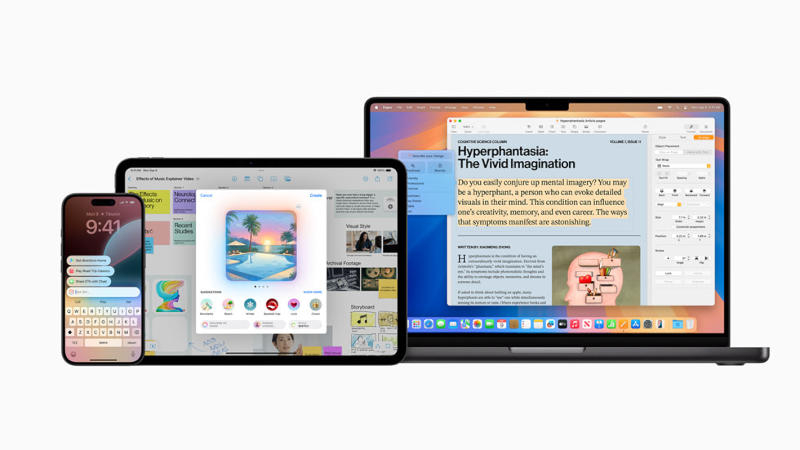Apple’s AI turned out to be practical, simple and boring – the antithesis of Windows Copilot


Apple Intelligence, which made its full debut with the iPhone 16, offers a surprisingly practical approach to AI. It’s easy to use, useful in practice, and mostly boring—a stark contrast to the Copilot+ PC machines, which promise a new era in computing history, and even have a new button on the keyboard to launch AI.


Image source: apple.com
Apple, which positions its products as tools for creative work, could offer consumers the generation of “photos” of imaginary objects, which is available on Google Pixel smartphones. Instead of many such creative options, the AI in the iPhone 16 has become a simple tool worker. Apple has improved the quality of its Siri voice assistant, which has learned to better understand what a person wants and monitor the context of the dialogue. The AI sorts photos into albums and collects information about items the user points to, creates meeting summaries, and even uses a “semantic index” to help find forgotten information—sort of a reflection of Windows’ dubious Recall feature.
It feels like Microsoft and Apple have switched places: the former actively promotes image generation, and the latter limits the user to the ability to rewrite an email. Apple uses AI in previewing camera filters, and full-fledged image generation is only possible in the Genmoji function, a generator of unique emoticons. Photos taken by the user are now combined into “movies” by the system, although competitors have had this for several years now. Perhaps this approach is justified: if Apple made AI a full-blown feature rather than a tool to enhance other capabilities, it could alienate the creative class who consistently choose the iPhone. Instead, it has prepared all the basic tools for working with AI – its implementation will be carried out by third-party developers, who should have enough resources of A18 processors.
Apple’s senior vice president of software engineering, Craig Federighi, said there are now “multiple generative models in your pocket on the iPhone.” But in reality, the company wants these features to speak for themselves, so they don’t have to remind people about AI in every sentence. Apple has limited itself to AI as a useful tool that improves the work of what already exists – but it is not allowed to become a creative assistant. I even had to downplay Siri’s new capabilities. And while Microsoft and Google are trying to turn around in full force, Apple reminds that it has always been guardian of the privacy of its customers. Consumers don’t trust AI or the tech giants that consume their information.
Recent Posts
Study: Apple C1 mobile modem falls short of Qualcomm modems in terms of connection quality in difficult conditions
A study by Cellular Insights Inc. found that Qualcomm's mobile modems perform better than Apple's…
Tesla Warns Trump Administration of Chip Tariffs
Tesla has called on the Trump administration to exercise caution in imposing tariffs on imported…
To better compete with OpenAI, Meta will split its AI team into two
Meta✴ will split its AI teams to better compete with OpenAI and Google, as well…
The Order: 1886 Director Co-Founds New Studio — Atlantis Studio Aims to Conquer the Industry with Innovative Games
Ru Weerasuriya, co-founder of Ready at Dawn, which closed last summer, and creative director of…
Review of the wireless speaker “Yandex Station Street”: Alice in the cities
To be honest, when I first saw the news about the release of the portable…
Blacktail developers announce Davy x Jones — a shooter about the headless pirate Davy Jones in the afterlife of sailors
Polish studio Parasight, known for the folklore action game Blacktail about the young Baba Yaga,…